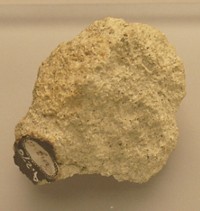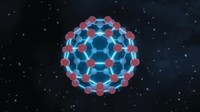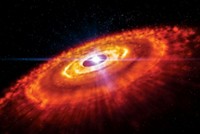Advertisement
Grab your lab coat. Let's get started
Welcome!
Welcome!
Create an account below to get 6 C&EN articles per month, receive newsletters and more - all free.
It seems this is your first time logging in online. Please enter the following information to continue.
As an ACS member you automatically get access to this site. All we need is few more details to create your reading experience.
Not you? Sign in with a different account.
Not you? Sign in with a different account.
ERROR 1
ERROR 1
ERROR 2
ERROR 2
ERROR 2
ERROR 2
ERROR 2
Password and Confirm password must match.
If you have an ACS member number, please enter it here so we can link this account to your membership. (optional)
ERROR 2
ACS values your privacy. By submitting your information, you are gaining access to C&EN and subscribing to our weekly newsletter. We use the information you provide to make your reading experience better, and we will never sell your data to third party members.
Physical Chemistry
Titan's complex ion chemistry
May 15, 2006
| A version of this story appeared in
Volume 84, Issue 20
Titan, Saturn's largest moon, has a substantial ionosphere on the night side, and complex ion chemistry is operating there, according to the first analysis of mass spectral data gathered last year during the Cassini spacecraft's flight through the moon's ionosphere (Geophys. Res. Lett. 2006, 33, L07105). Titan's dense atmosphere is composed of molecular nitrogen and methane with minor amounts of many hydrocarbon and nitrile species. Past studies have shown that solar radiation and energetic electrons from Saturn's magnetosphere ionize neutral molecules in Titan's atmosphere, creating an ionosphere above 800 km. That ionosphere has now been found to persist into the night, according to Thomas E. Cravens of the University of Kansas. He and his colleagues confirmed the presence of several ions that were previously predicted by ionospheric models, such as HCNH+ (the most abundant ion), C2H5+, CH5+, and C3H5+. The data also revealed unexpectedly high densities of other ions, such as one of mass 18, which the researchers suggest is NH4+, even though its neutral precursor, NH3, hasn't yet been detected in Titan's atmosphere.





Join the conversation
Contact the reporter
Submit a Letter to the Editor for publication
Engage with us on Twitter